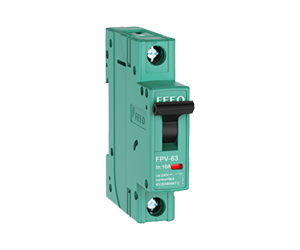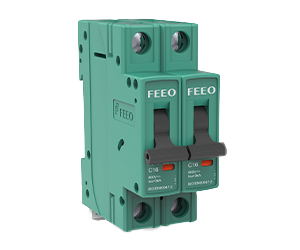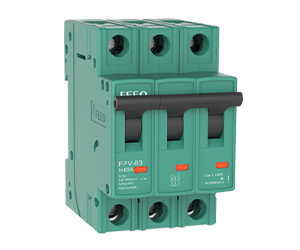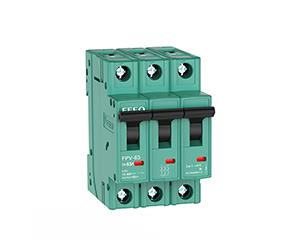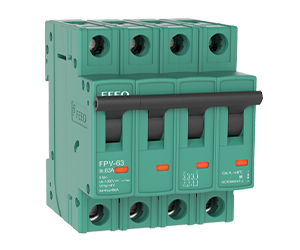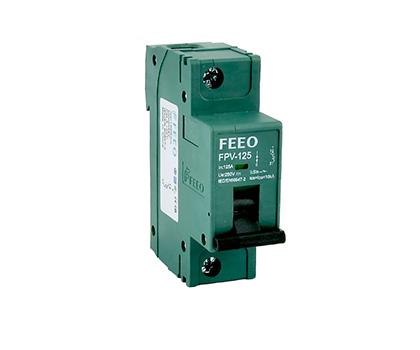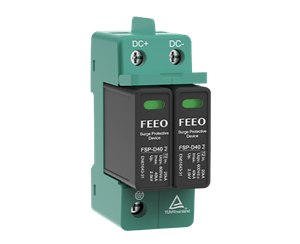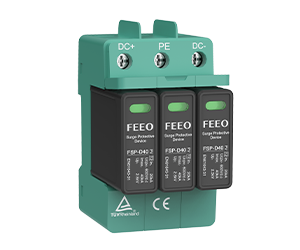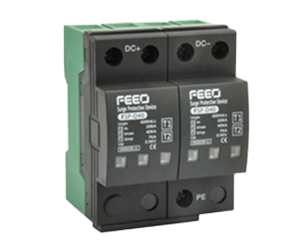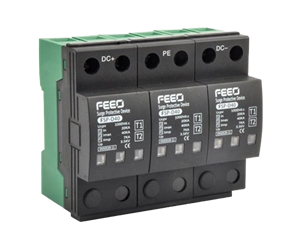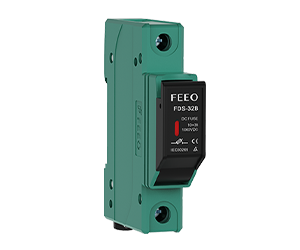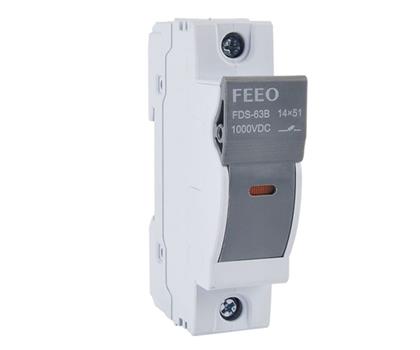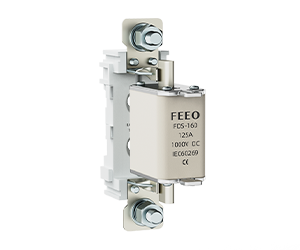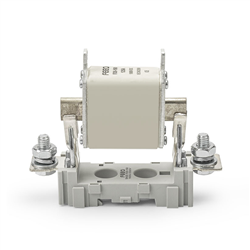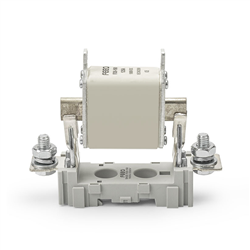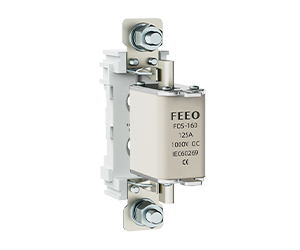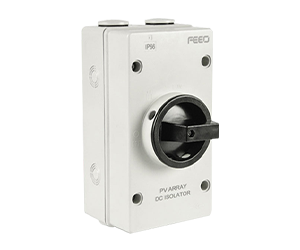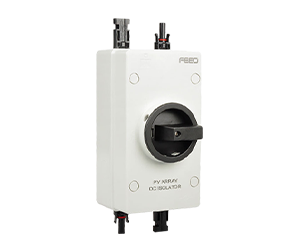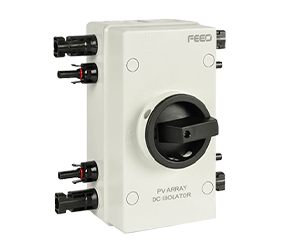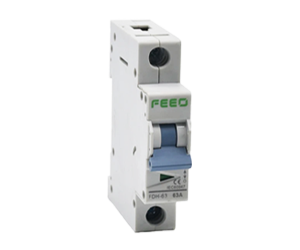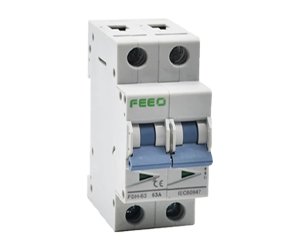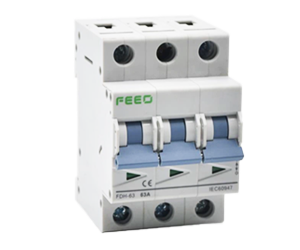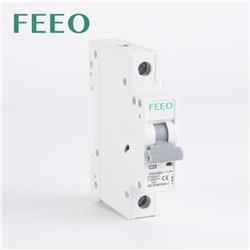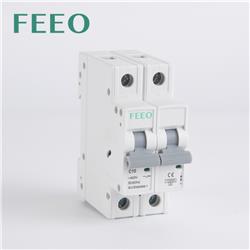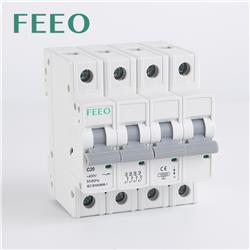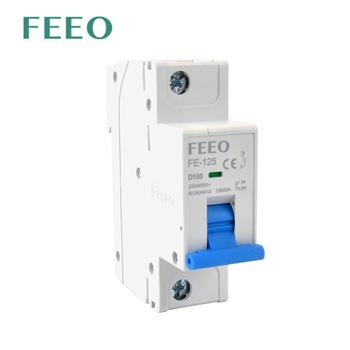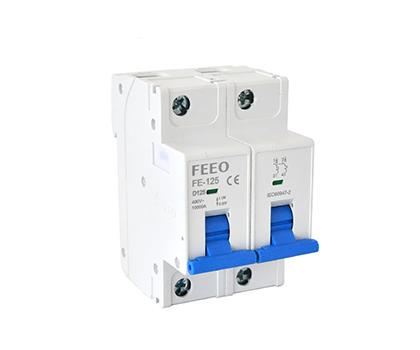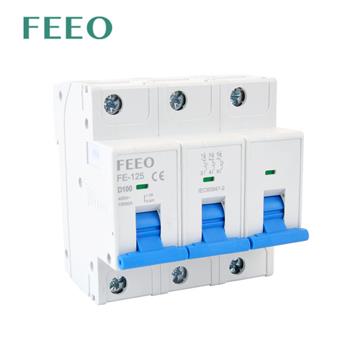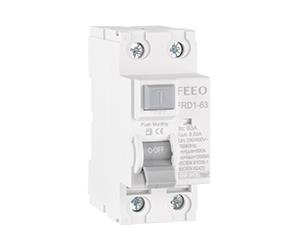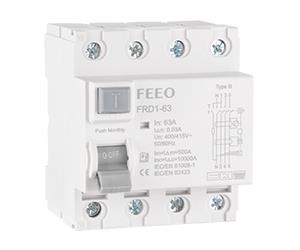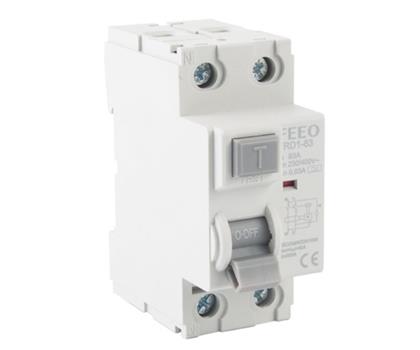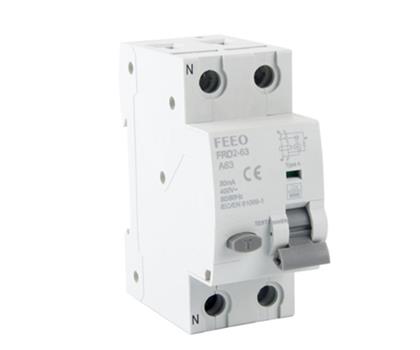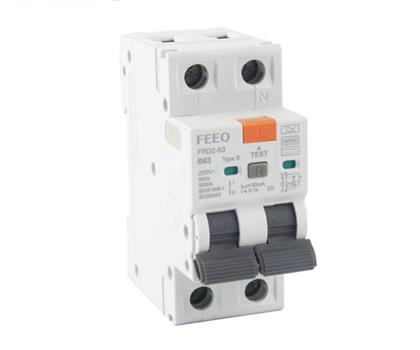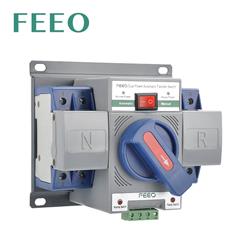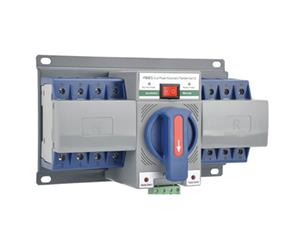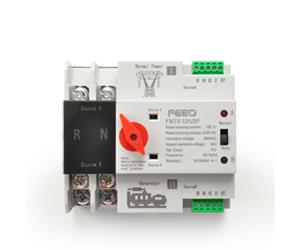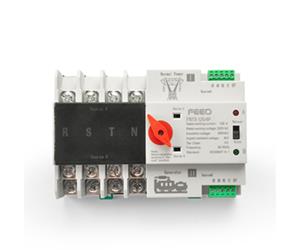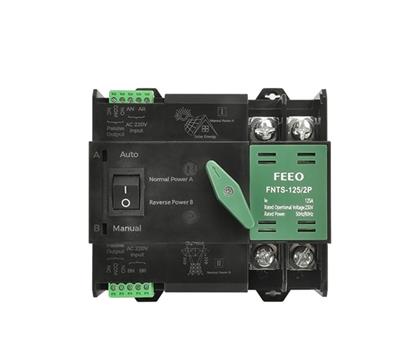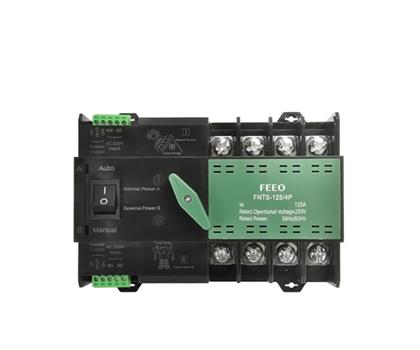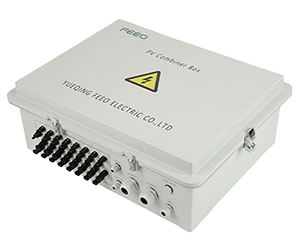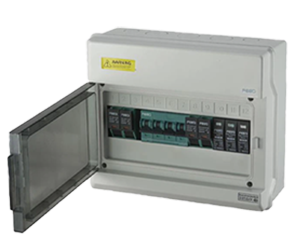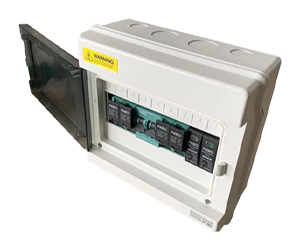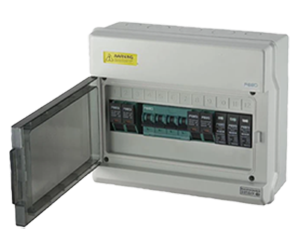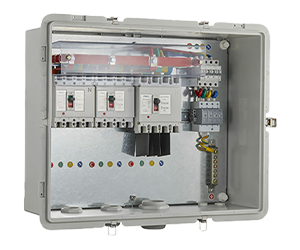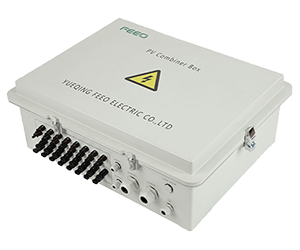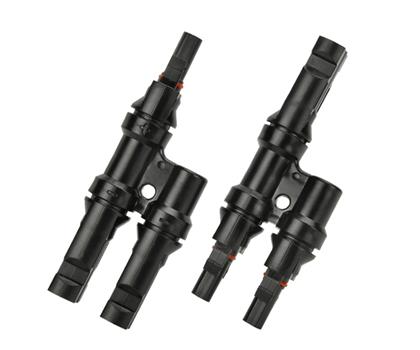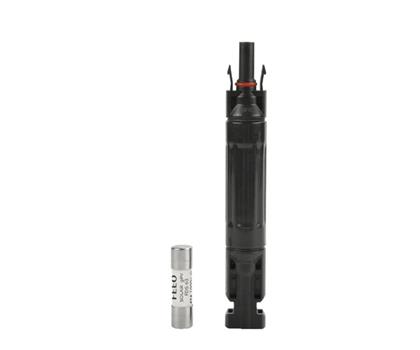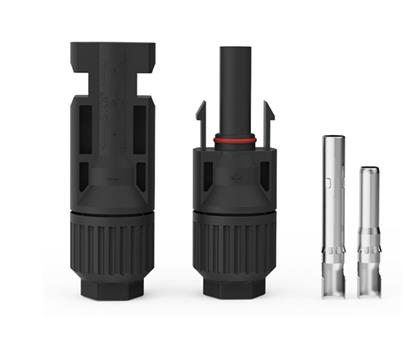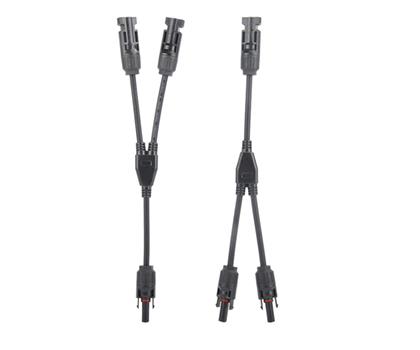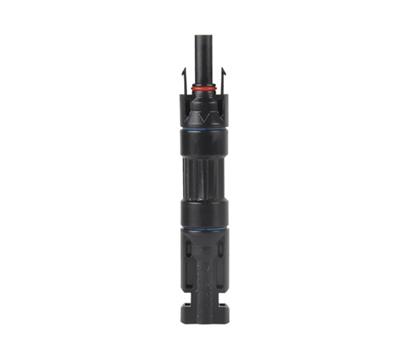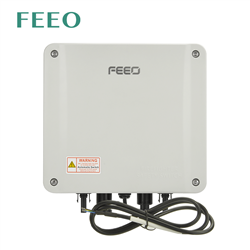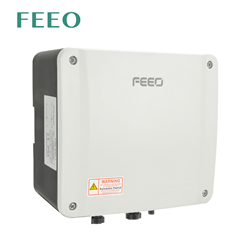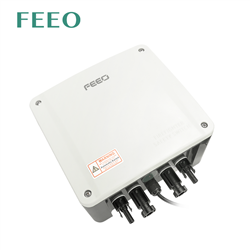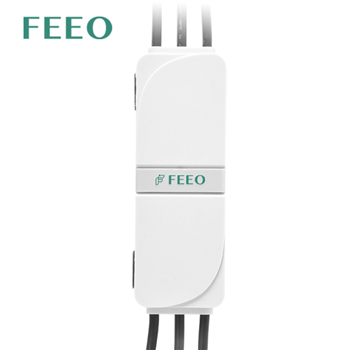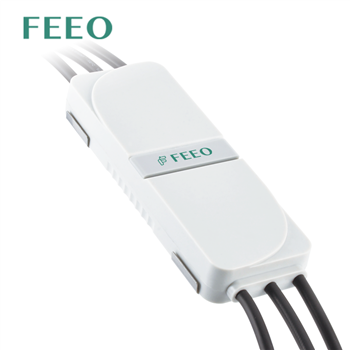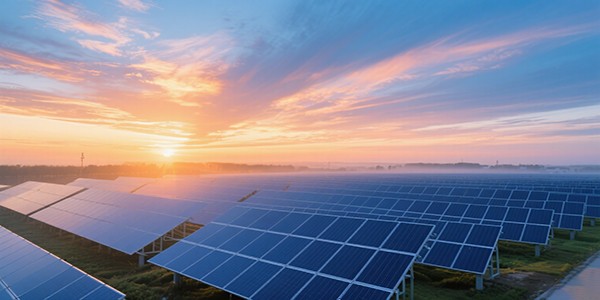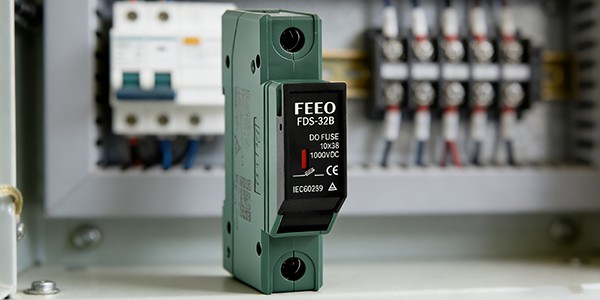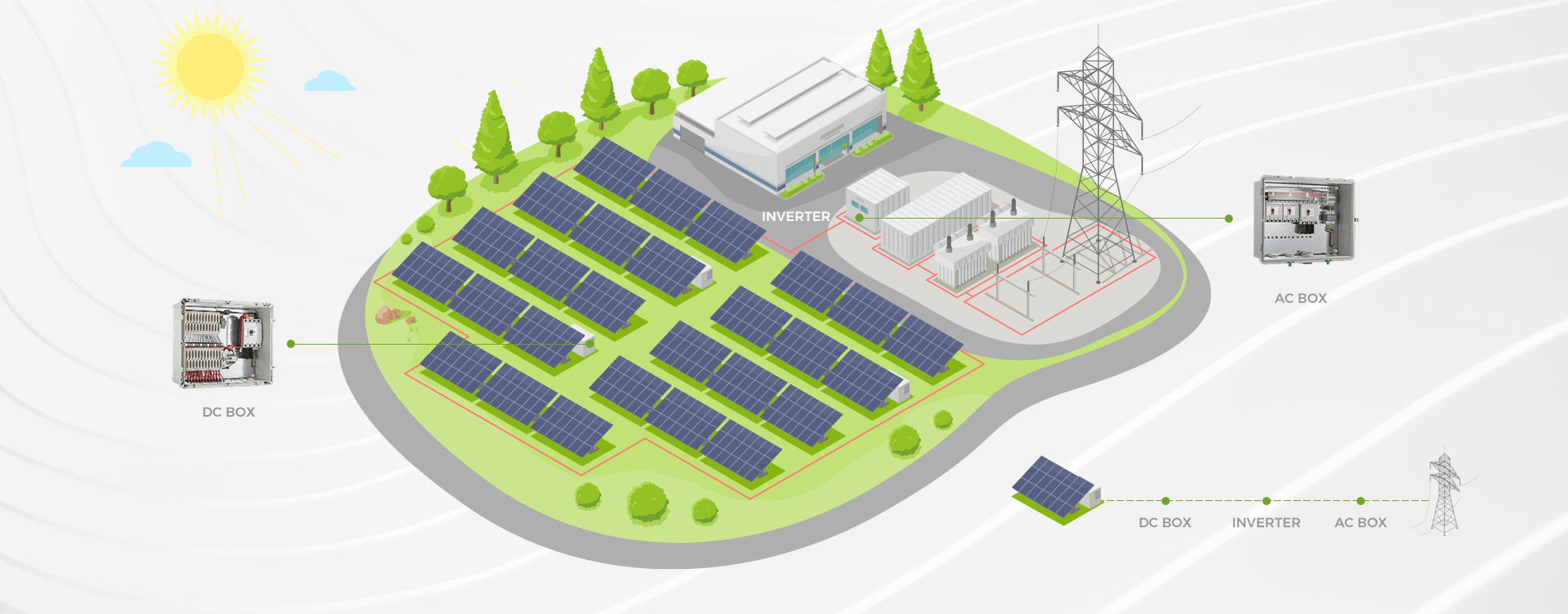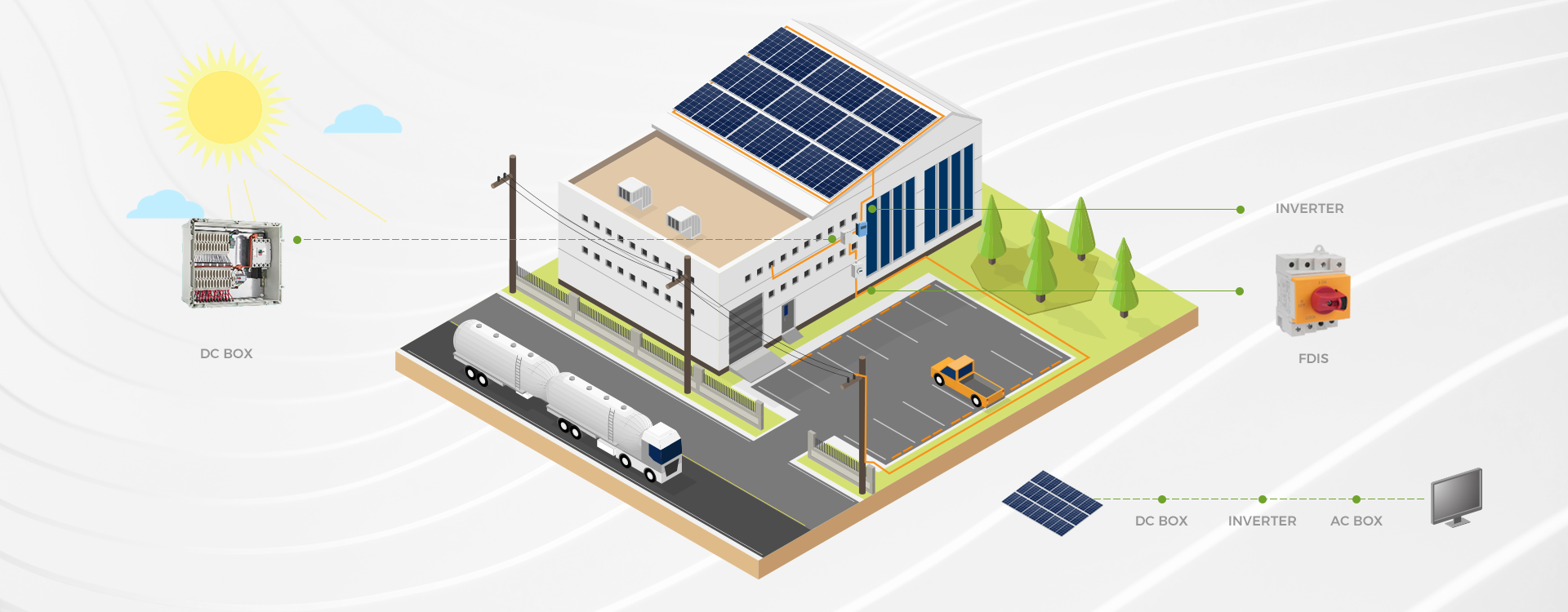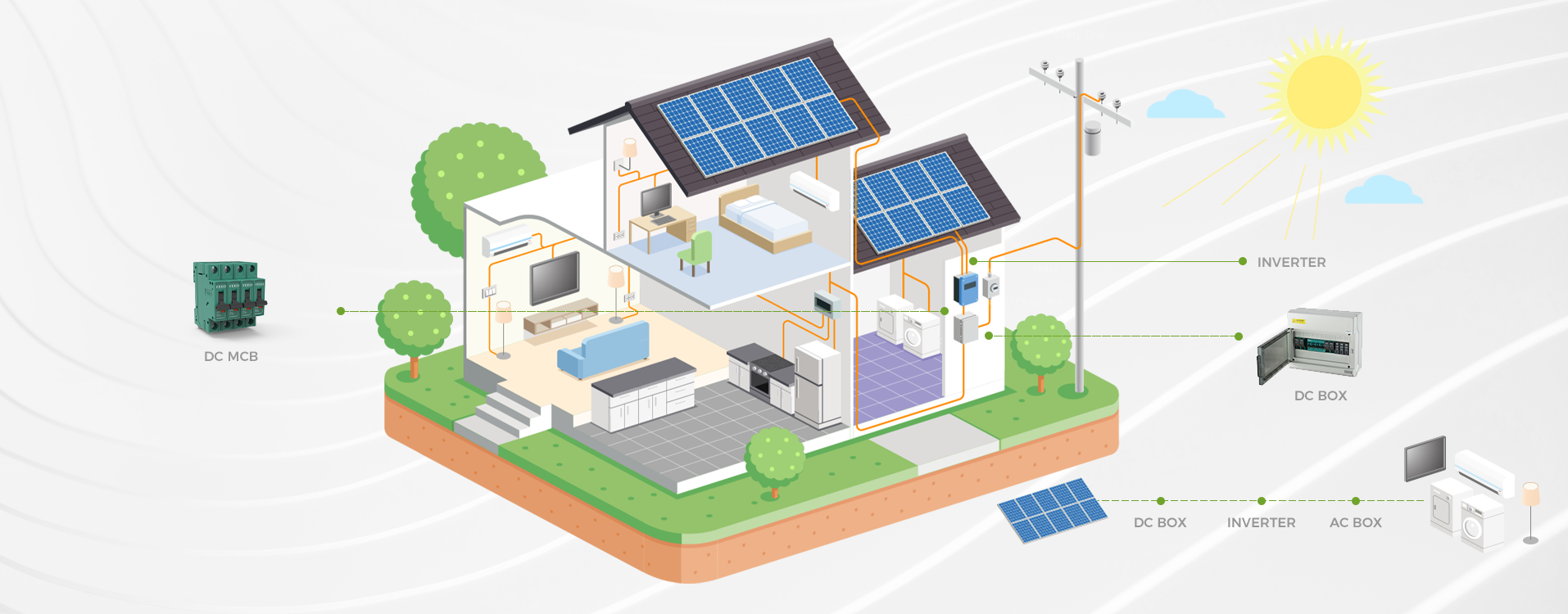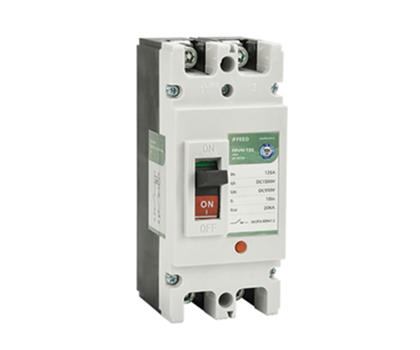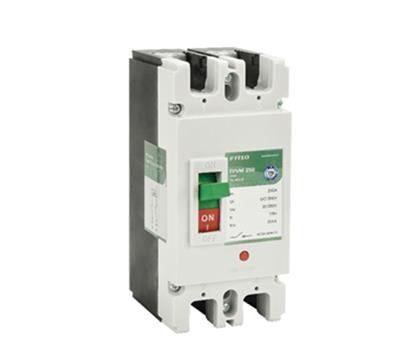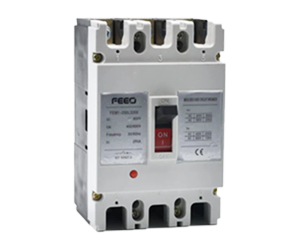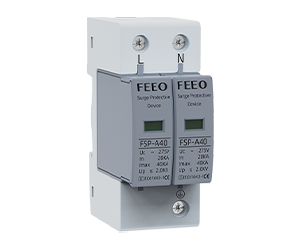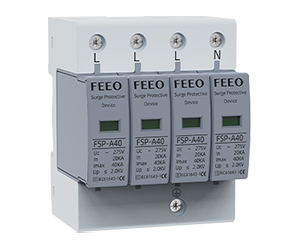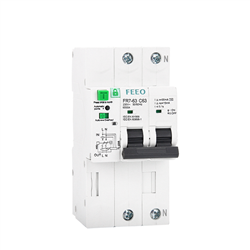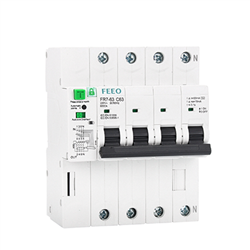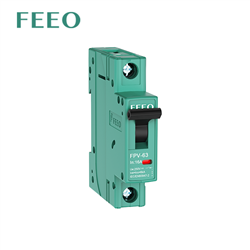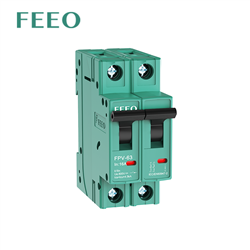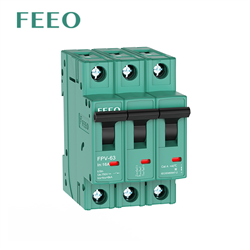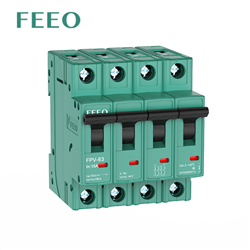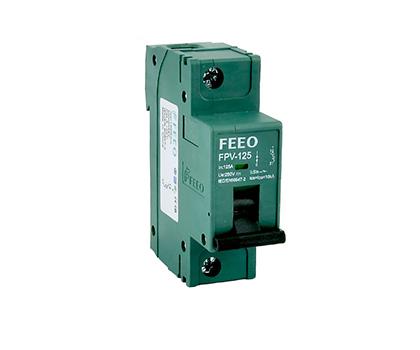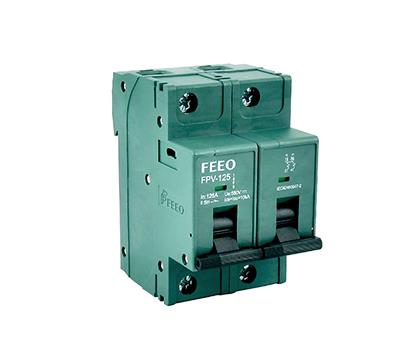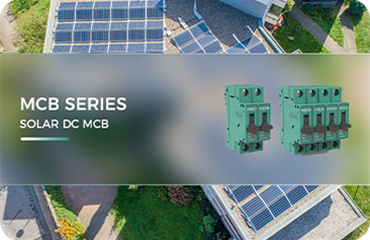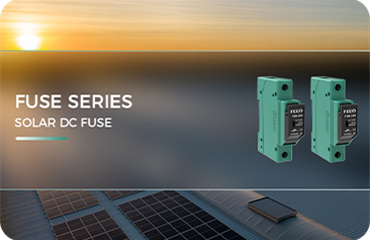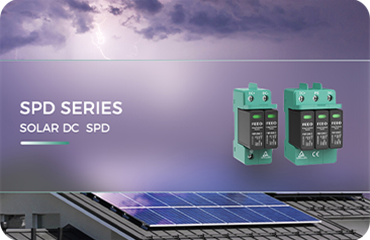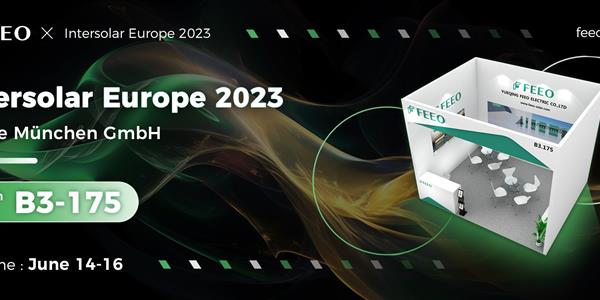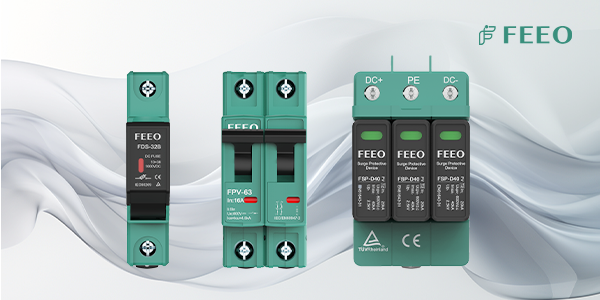Introduction to Solar Combiner Boxes
A solar combiner box, also referred to as a convergence or confluence box, is a critical component in photovoltaic (PV) power generation systems. It is responsible for connecting and safeguarding multiple solar panels, enabling them to operate efficiently and safely in unison. The primary function of a combiner box is to merge the output from several solar panels into a singular output, which subsequently connects to the inverter for power conversion into alternating current (AC).
Classification of Confluence Boxes
Confluence boxes are primarily categorized into two types: string combiner boxes and array combiner boxes.
1.
String Combiner Boxes: These boxes cater to the output of numerous PV strings, which consist of solar panels connected in series. They generally contain fuses or circuit breakers for each string, offering overcurrent protection and ensuring overall system security.
2.
Array Combiner Boxes: These boxes are employed when multiple PV arrays (sets of PV strings) are connected in parallel. They merge the output from all arrays into a singular output, similarly to string combiner boxes. Array combiner boxes also provide overcurrent protection for each array.
Practical Applications of a Combiner Box
Combiner boxes are utilized in a variety of solar PV system configurations, including residential, commercial, and utility-scale implementations. They are indispensable in systems comprising multiple solar panels, as they help maintain consistent voltage and current levels, increase system efficiency, and guarantee the safety of the entire system.

Connecting a Combiner Box to a PV Panel
To connect a combiner box to PV panels, adhere to the following steps:
1. Based on the system's size and configuration, determine the number of strings and arrays.
2. Connect the positive and negative wires from each PV string or array to the corresponding input terminals of the combiner box.
3. Ensure that each string or array is equipped with adequate overcurrent protection (fuses or circuit breakers) within the combiner box.
4. Link the combiner box's output to the input terminals of the inverter.

Differences Between a Combiner Box and a Junction Box
Although both combiner boxes and junction boxes fulfill essential roles in a solar PV system, they serve distinct purposes. A combiner box connects and protects multiple solar panels, whereas a junction box is typically situated on the back of an individual solar panel. The junction box houses the electrical connections and diodes necessary for the panel's proper operation. Conversely, a combiner box merges the output from several panels and shields the system from overcurrents and other electrical irregularities.
